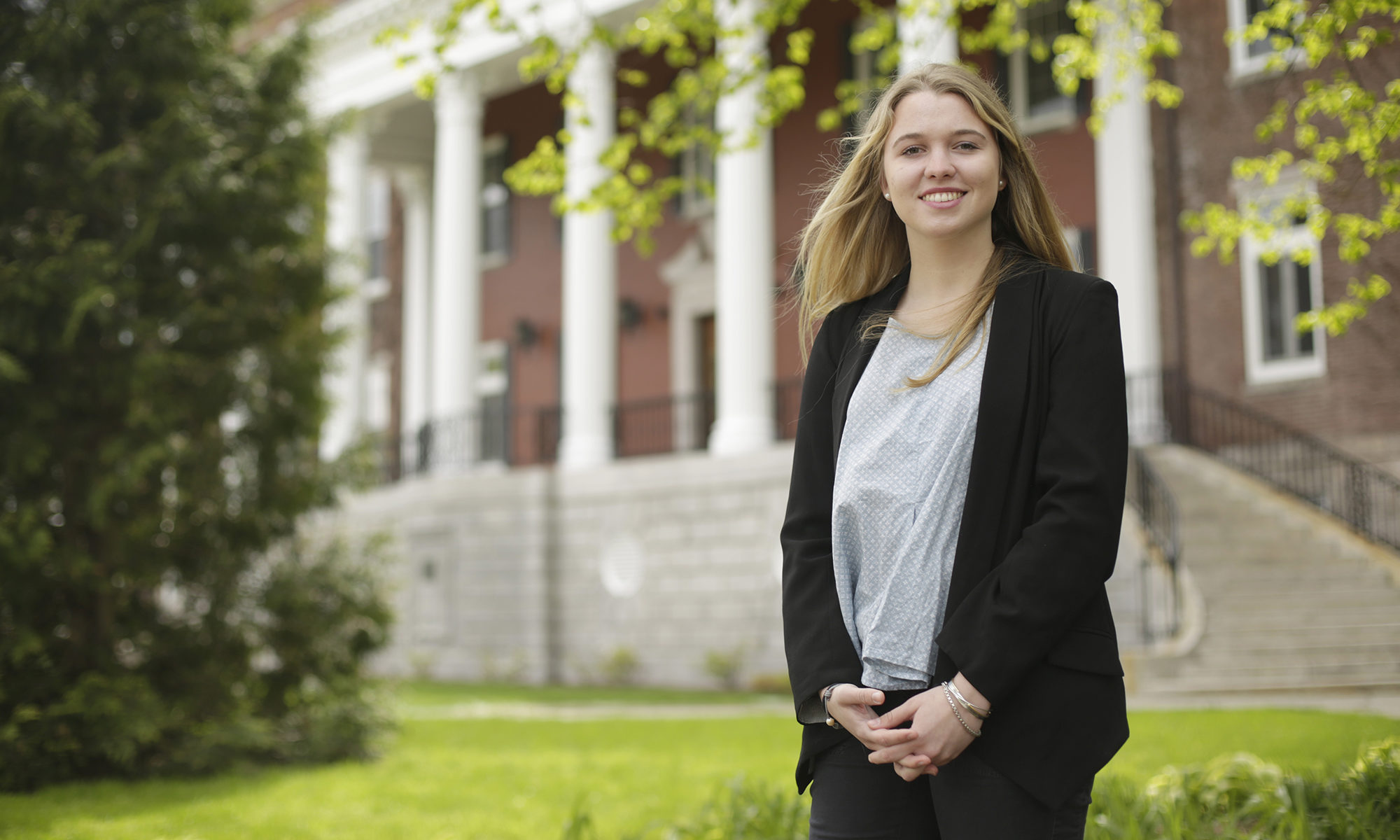I was thinking about how to wrap up my reflections for the year and ended up reminiscing on all the experiences, people met, and landscapes. Since I’ll be starting my senior year at HC in less than a month and returning to campus, I’m painting and drawing in preparation for art classes. I’ve also been filtering through the notes I wrote this year, the bands I discovered, the pictures I took, all in an attempt to start to unpack everything I learned and be ready to continue studying those topics this year or make something new out of them. So here’s a reflection on some of my favorite music and art and views of the year.
There was the music. How in Lima they loved Dire Straits and other classic 80s hits, always blasting in taxis and combis, along with cumbia and reggaeton. In Laraos, the little town deeply nestled in the Peruvian sierra where the school kids were rehearsing a dance along to folk music. In Chincha we visited the house of the legendary Ballumbrosio family, globally renown for their afroperuano zapateo, music and dance. They showed us the instruments they used: like the cajón, a wooden box that originally was an upturned fruit crate and the quijada, the jawbone of a burro (donkey). They showed us some of the moves in their dances, the songs and music they compose, and told us about their slave ancestors. Just that morning we had visited one of the biggest haciendas where slaves were smuggled into the country, right down the road from the Casa de los Ballumbrosio.
A year before that, I took a tour of an Aymaran community in Bolivia during a study trip for my Andean Theology class. They showed us one of their ceremonies of prayer to the Pachamama, part of which involved ofertas to Lago Titicaca, which shares a border with Peru. They create songs with the conch shell horn instrument pututu and face the water raising the body and arms up and down, showing gratitude to the earth. I learned about the pututu a year and a half in my art history class in Argentina, about how it is an important archaeological characteristic of ancient pre-columbian civilizations throughout South America. I loved how living in two different places in South America and visiting other locations briefly opened up this network of connections and repetitions between cultures.
In Buenos Aires they loved Bruno Mars (one time we went to a restaurant that exclusively shuffled through all his hits, for 2 hours probably), and Pink Floyd, and then their rock: Soda Stereo and Pescado Rabioso were some favorites. I saw a few bands live: La Bomba del Tiempo, a regular Monday night performance at a cultural center that was dependable in its loudness and ability to persuade everyone to jump up and down as each song would patiently build into a roar. It was such an endlessly interesting re-imagination of what you thought you could do with a drum set.
Then there was Onda Vaga, which blew my mind in its danceability and complete synchronization between each of the musicians while at the same time they would always spontaneously interact with the audience and switch things up. It was a full blown party–helped along by the location, Niceto Club, with the intimate smallness of the space and the wild movement of the lights. I also saw Future Islands at that club, and the intimateness (colorful lights piercing complete darkness, the upper balcony of VIPs hanging over a tightly packed crowd below) added to the unforgettable-ness of the music. I’ve loved this band since high school, but to see them in person on stage so close, to be part of a crowd so in love with the music and energy the band gives off… to watch lead singer Samuel T. Herring dramatically leap across the stage as he so famously does, giving the mysterious energy of their songs physical form and motion… to watch them get emotional about how long it’s taken for them to be recognized (even thousands of miles from home!) was so cool.
There was the art. In Puerto Miguel in the middle of the selva, our guide, Gumer, took us on tours of the forest, showing us plants and seed pods whose bright colors made perfect base materials for painting their bodies and faces. In Huaraz, we visited the ruins of the Chavín civilization, considered the mother civilization of South America. At the Amaru community in the Sacred Valley, we learned the process of cultivating potatoes and cooking, along with the production of their textiles, stretching alpaca and llama fur into threads, naturally dying them using plants like eucalyptus, flowers, minerals, and insects, and weaving them on wooden looms. Everywhere we went on trips, there were artisans who were selling their works to tourists, some more authentically theirs and others made for the souvenir-scouting extranjero. We took a graffiti and street art tour of Buenos Aires, visited La Boca, the port where Benito Quinquela Martín painted his famous scenes of ships and men at work in the harbor. There were all the amazing museums in both Buenos Aires and Lima, where I saw everything from huacos (quechua word for a sacred object or place) and pre-columbian erotic pottery at Museo Larco, to photography that chronicled the rises and falls of peronismo and Juan and Eva Perón in the 20th century.
Then there were all the people I met along the way, too many to name, too difficult to describe their impact on me, and anyway beginning to fade from my memory already, which makes me sad but also I’ve already accepted as inevitable and natural.

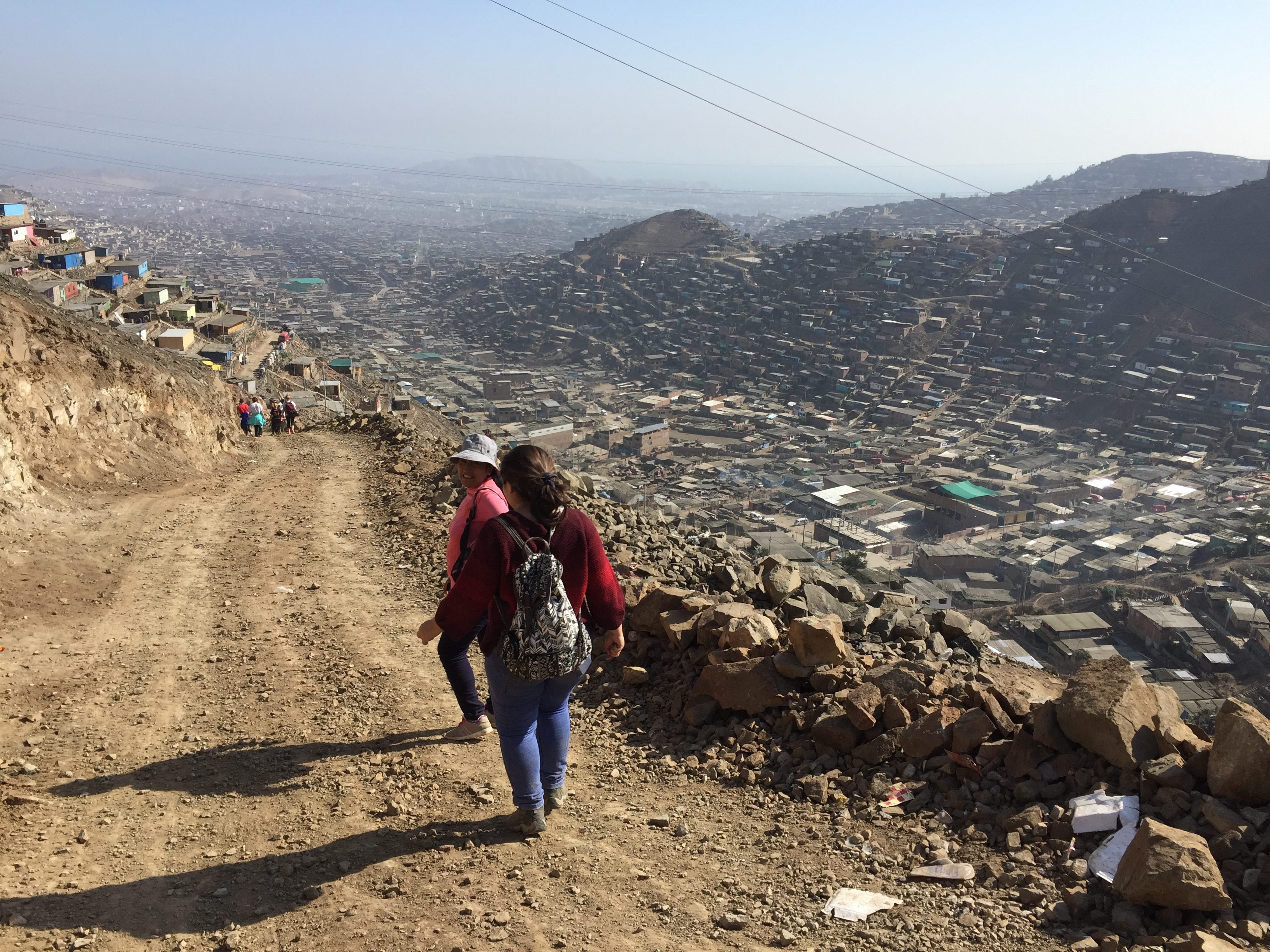
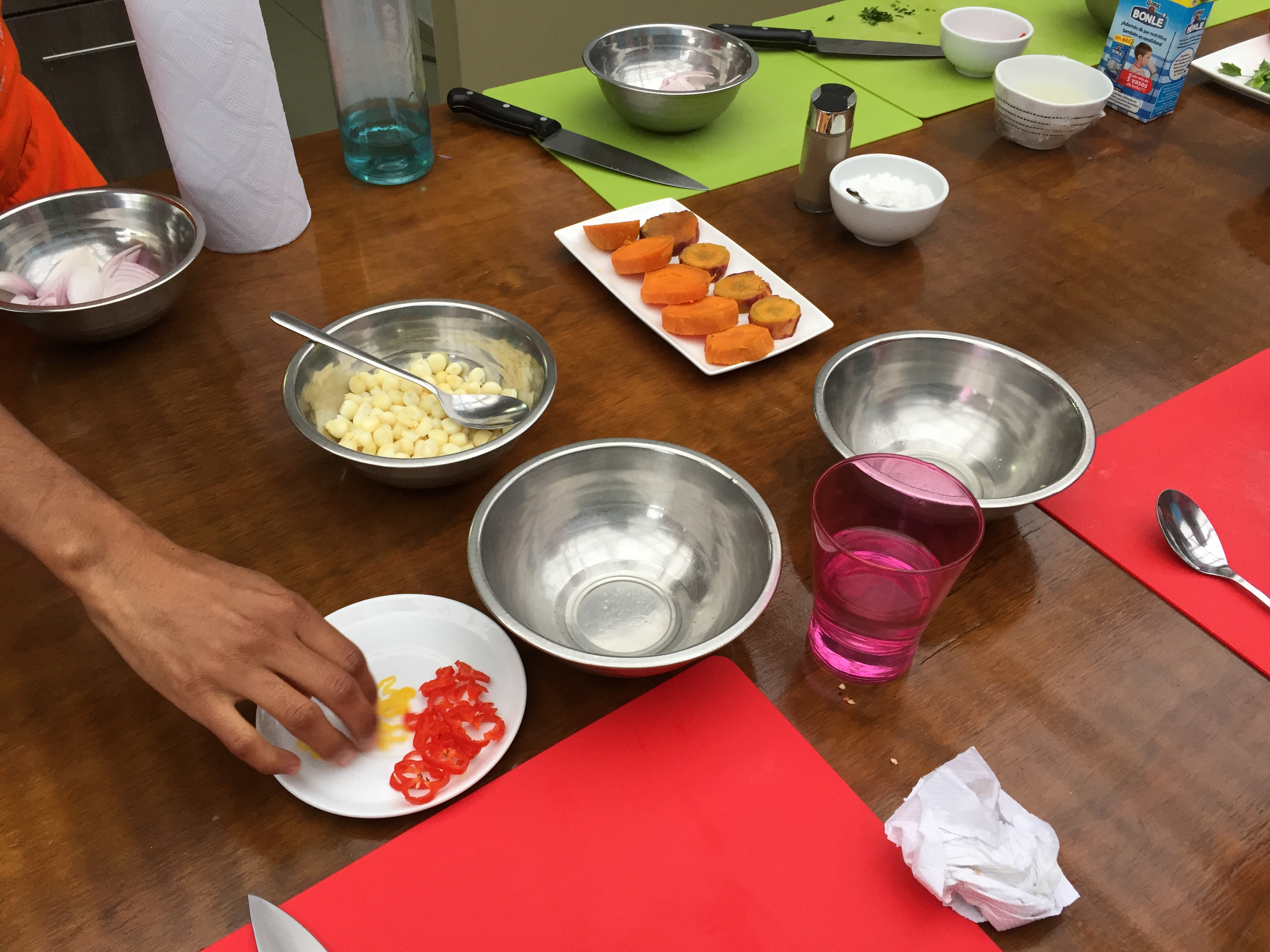
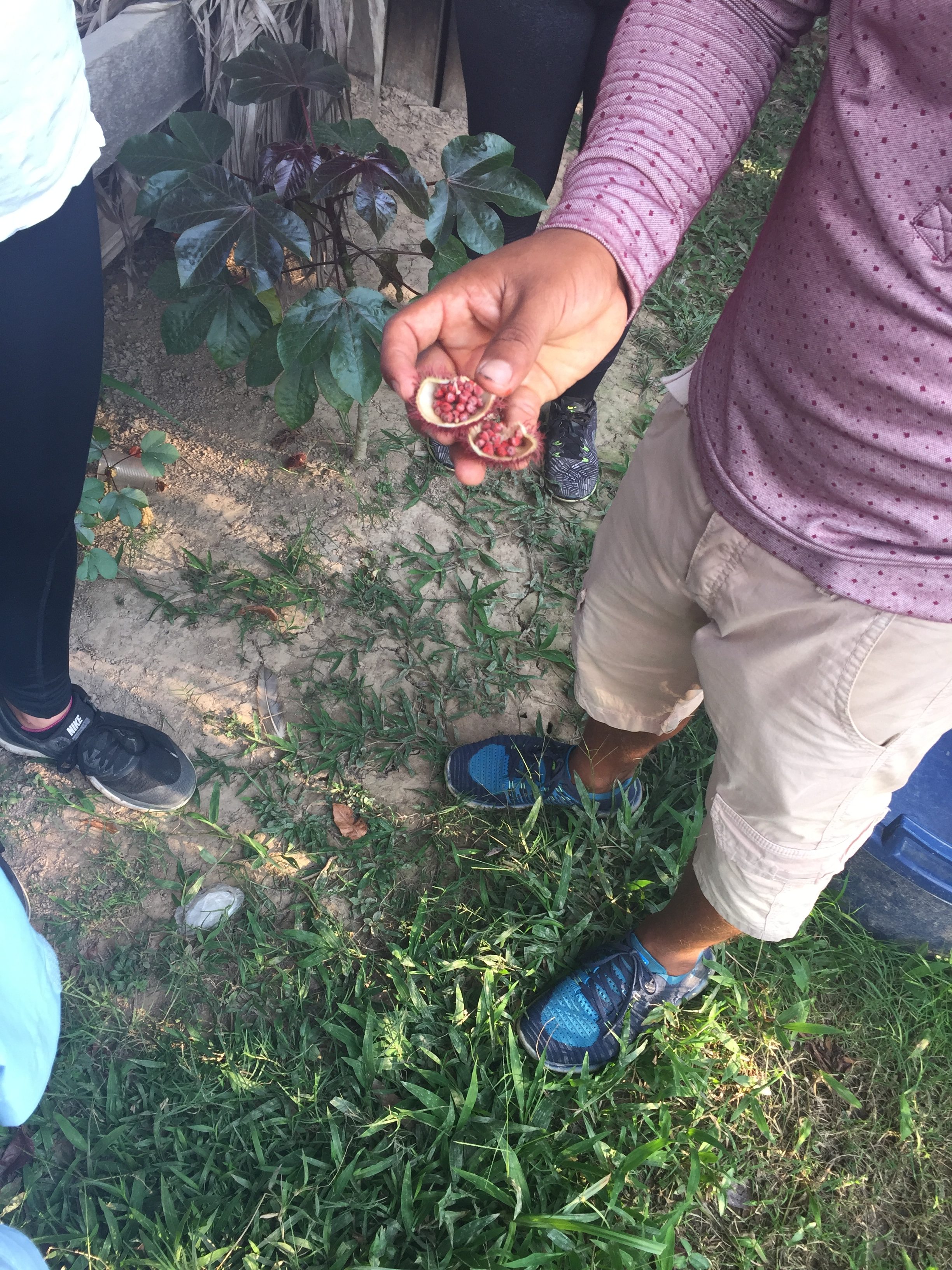



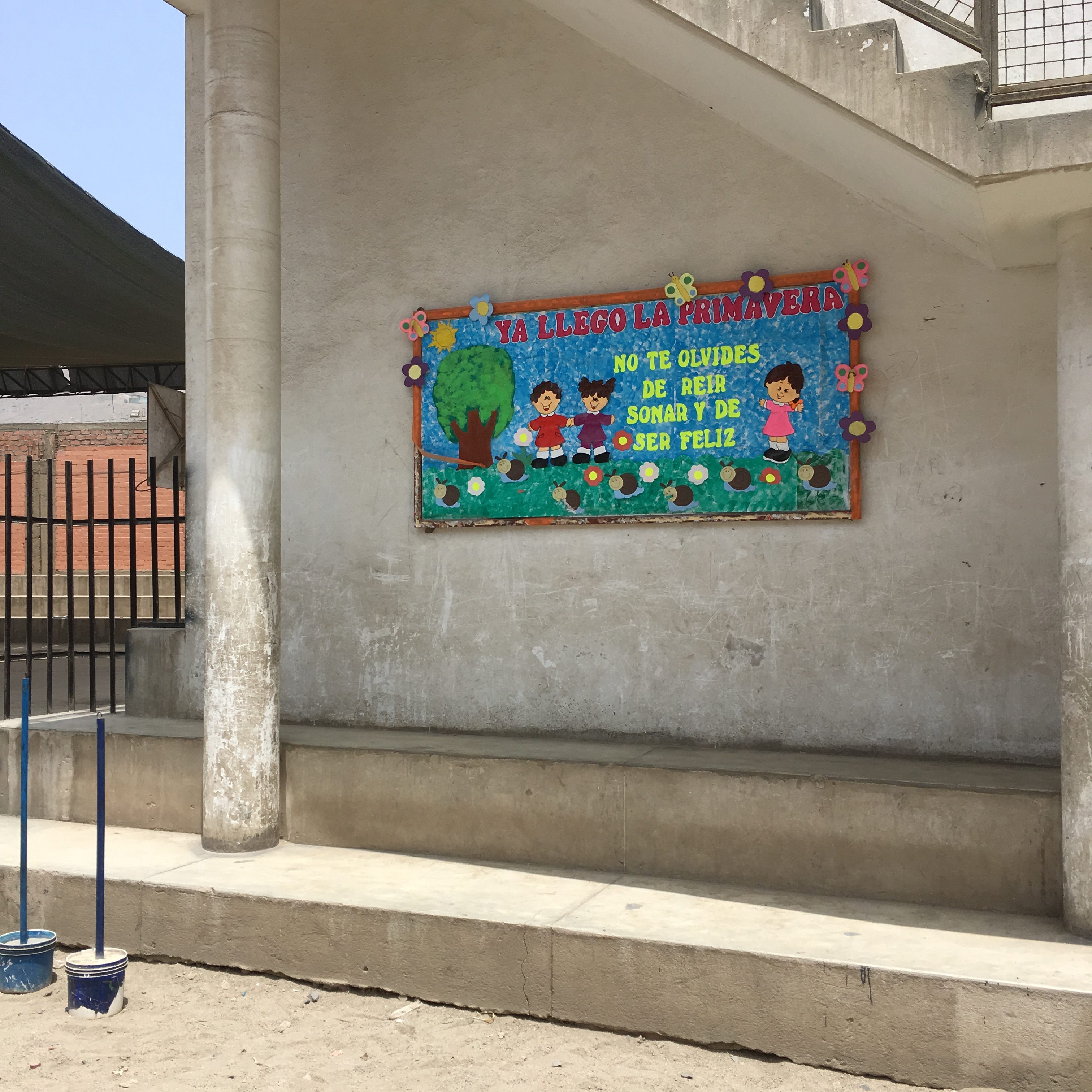
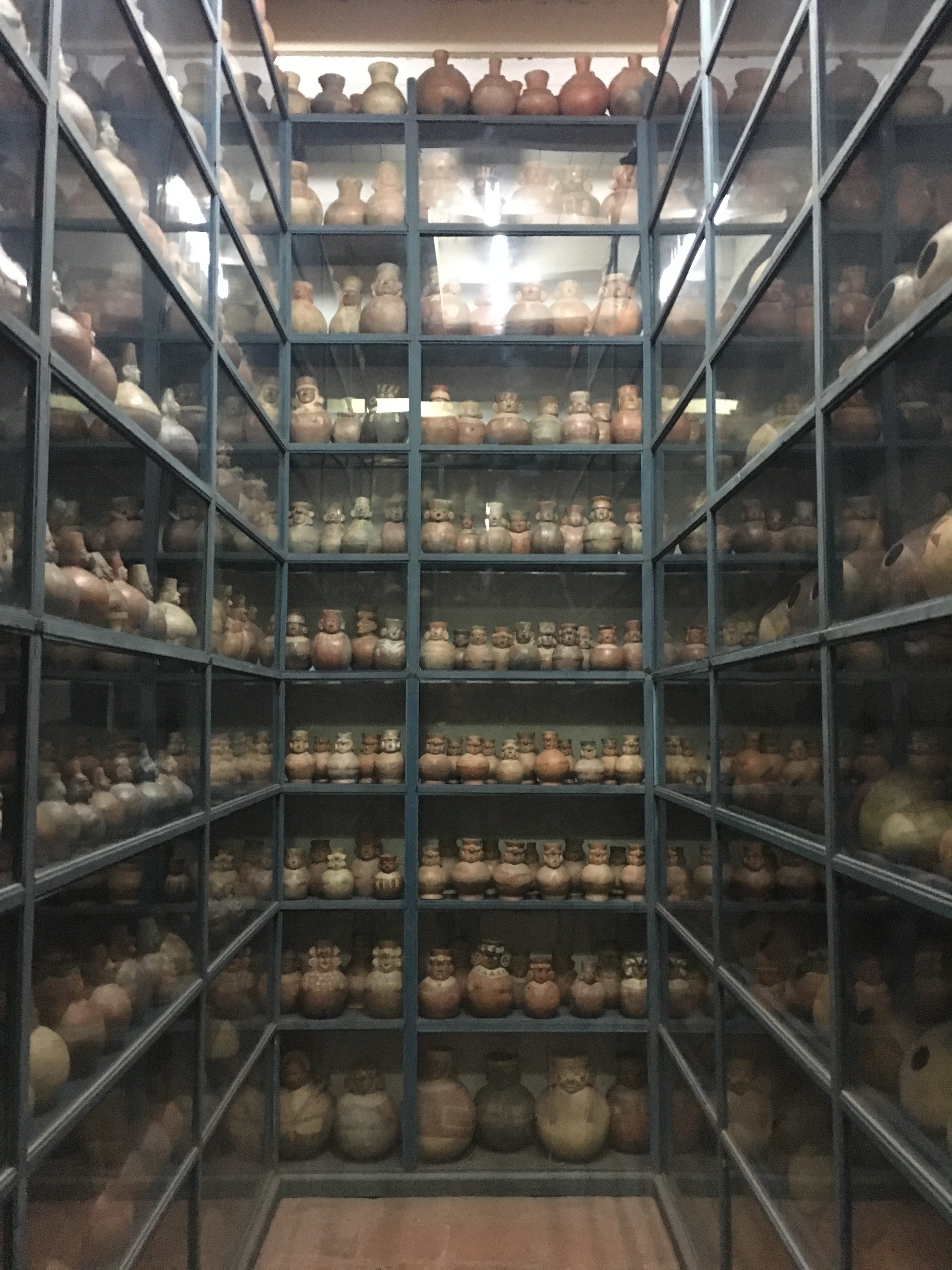
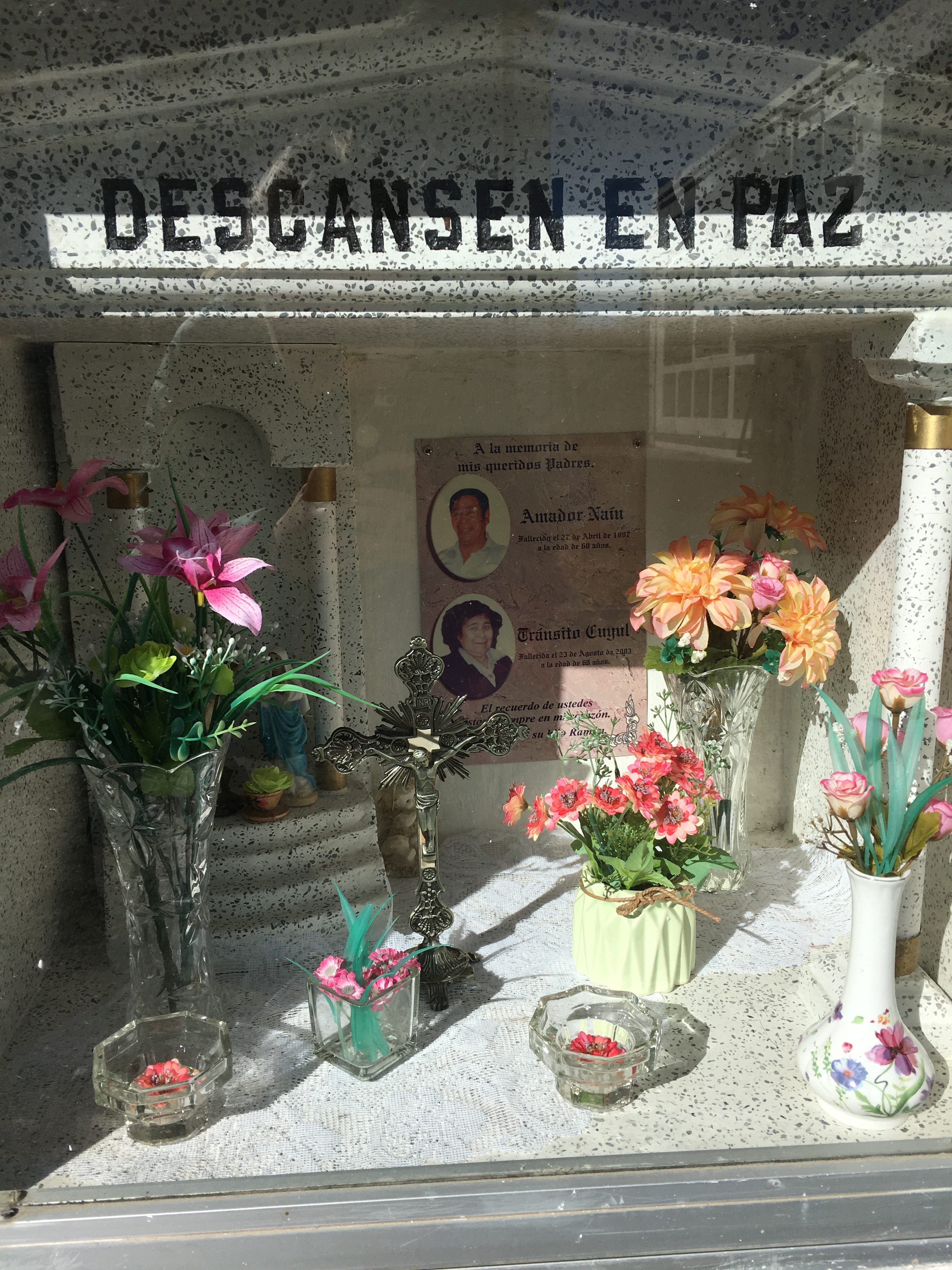
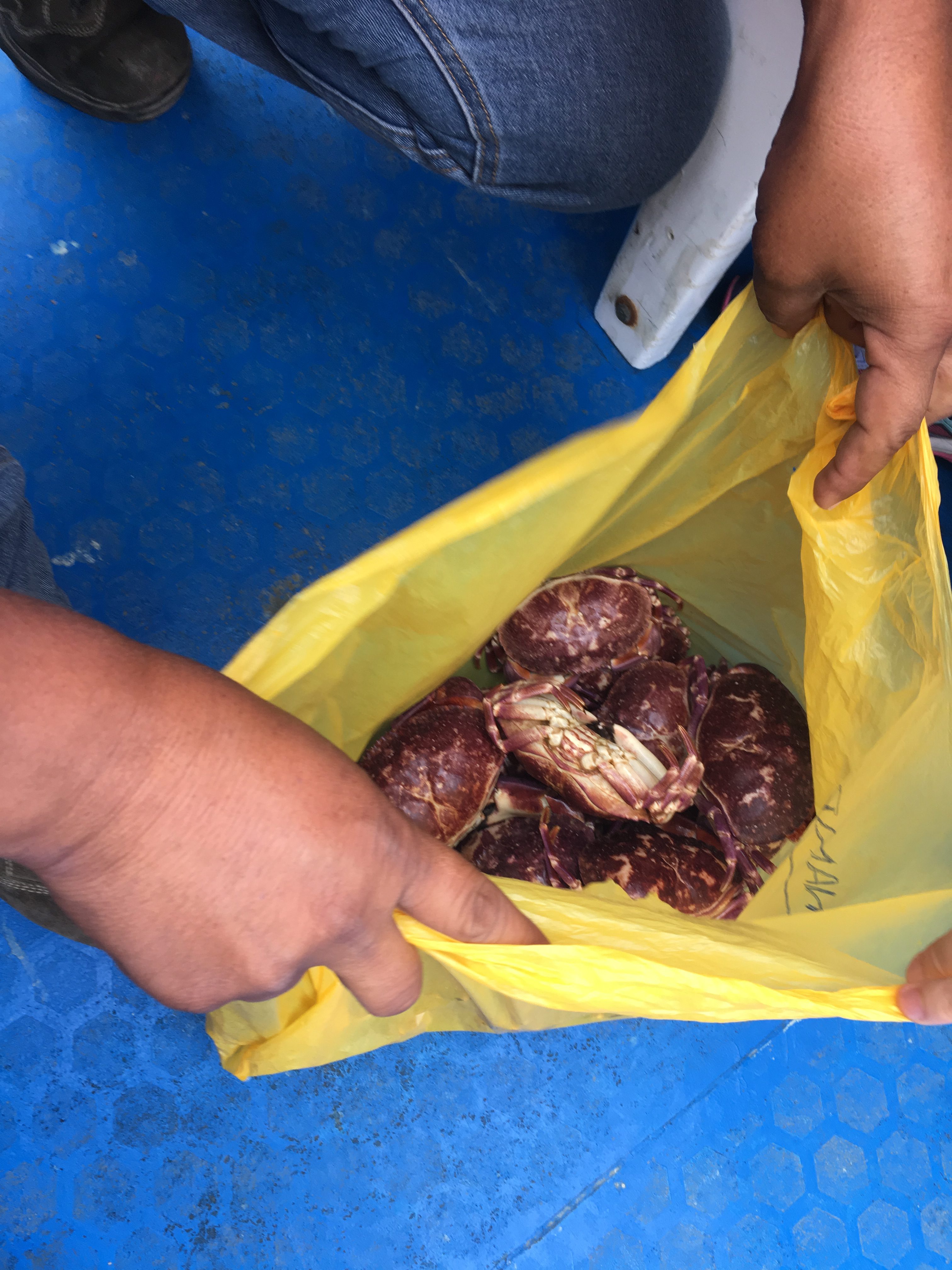

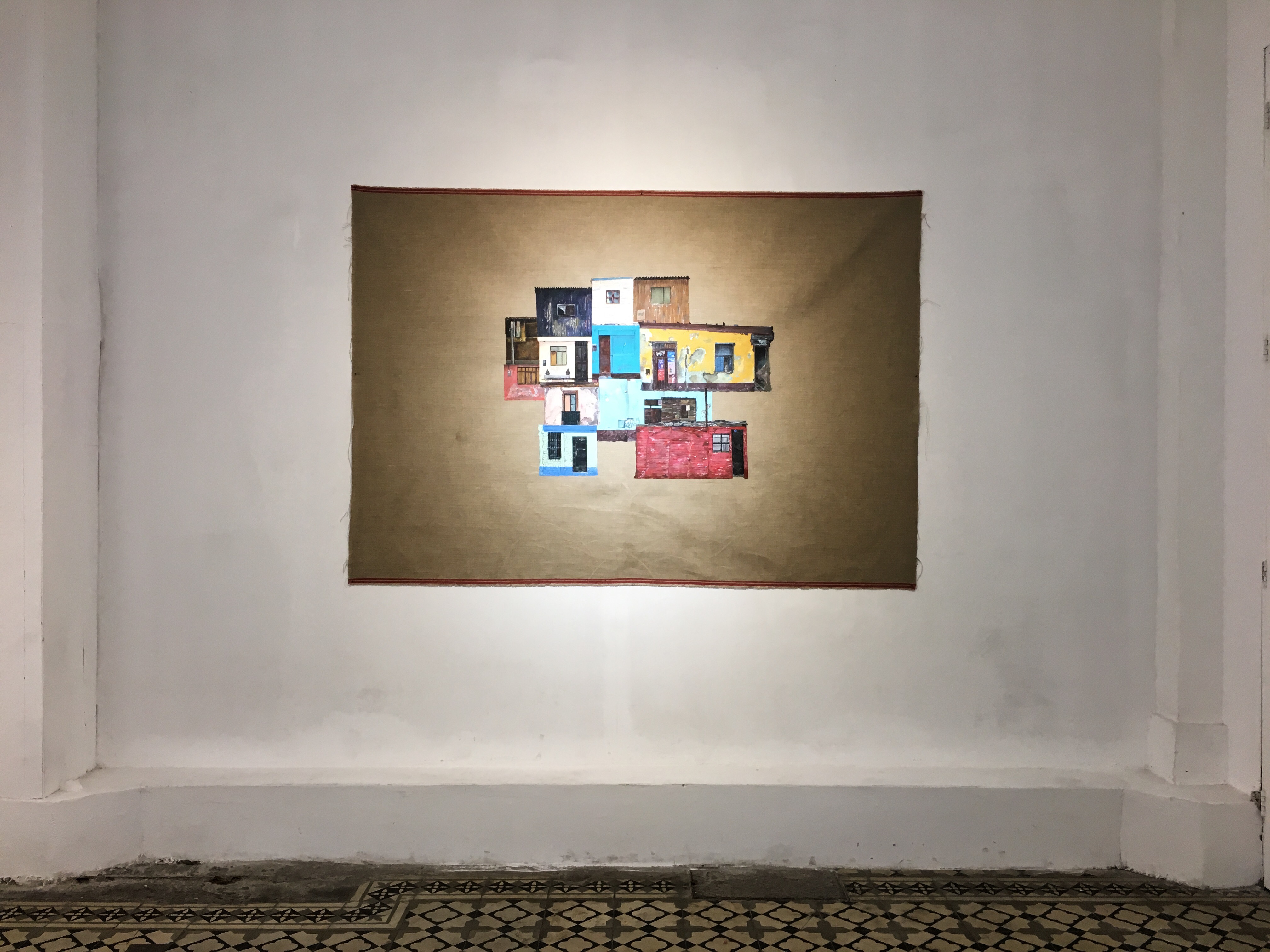
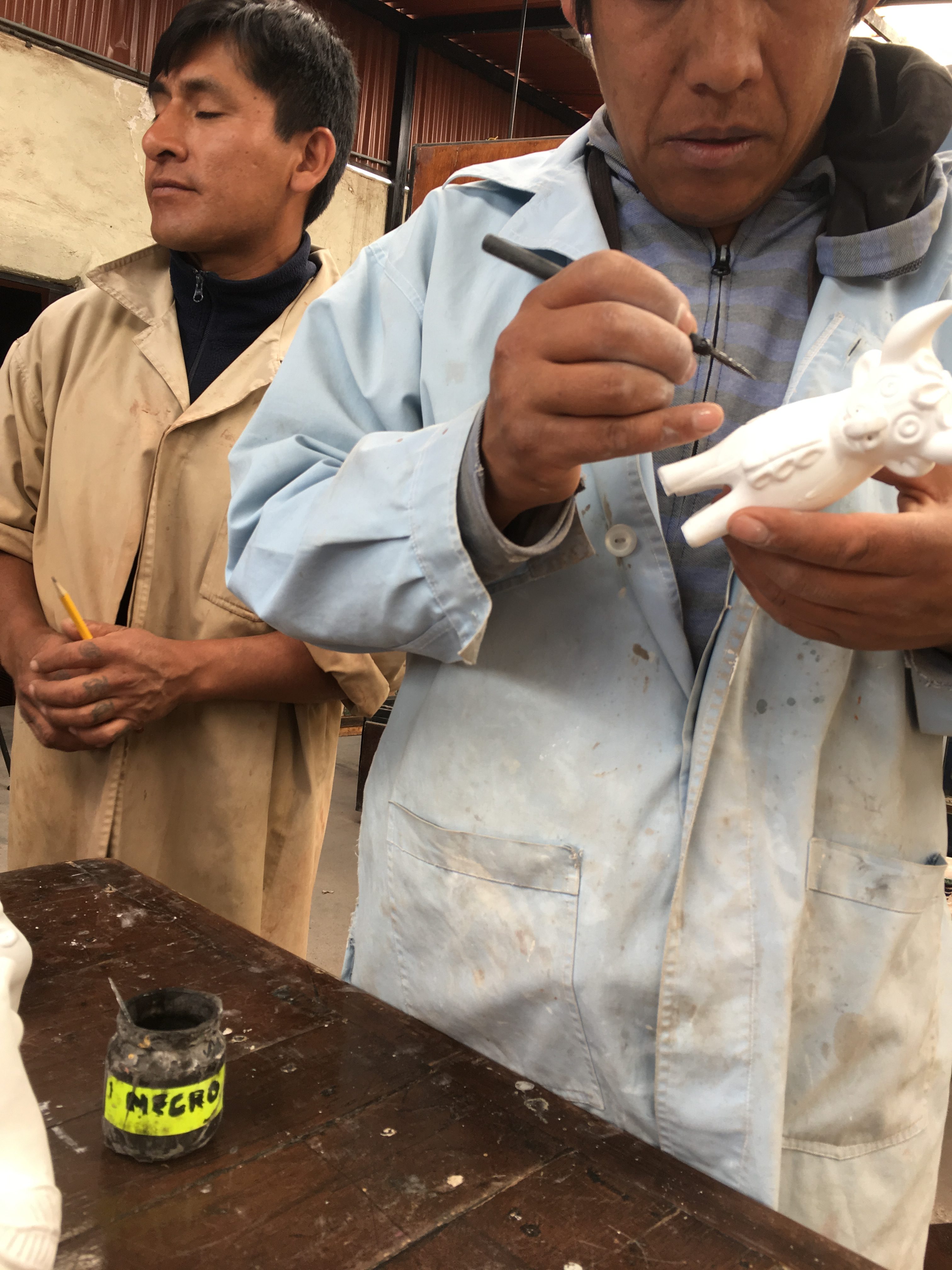

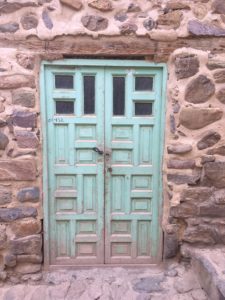
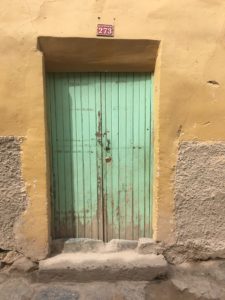


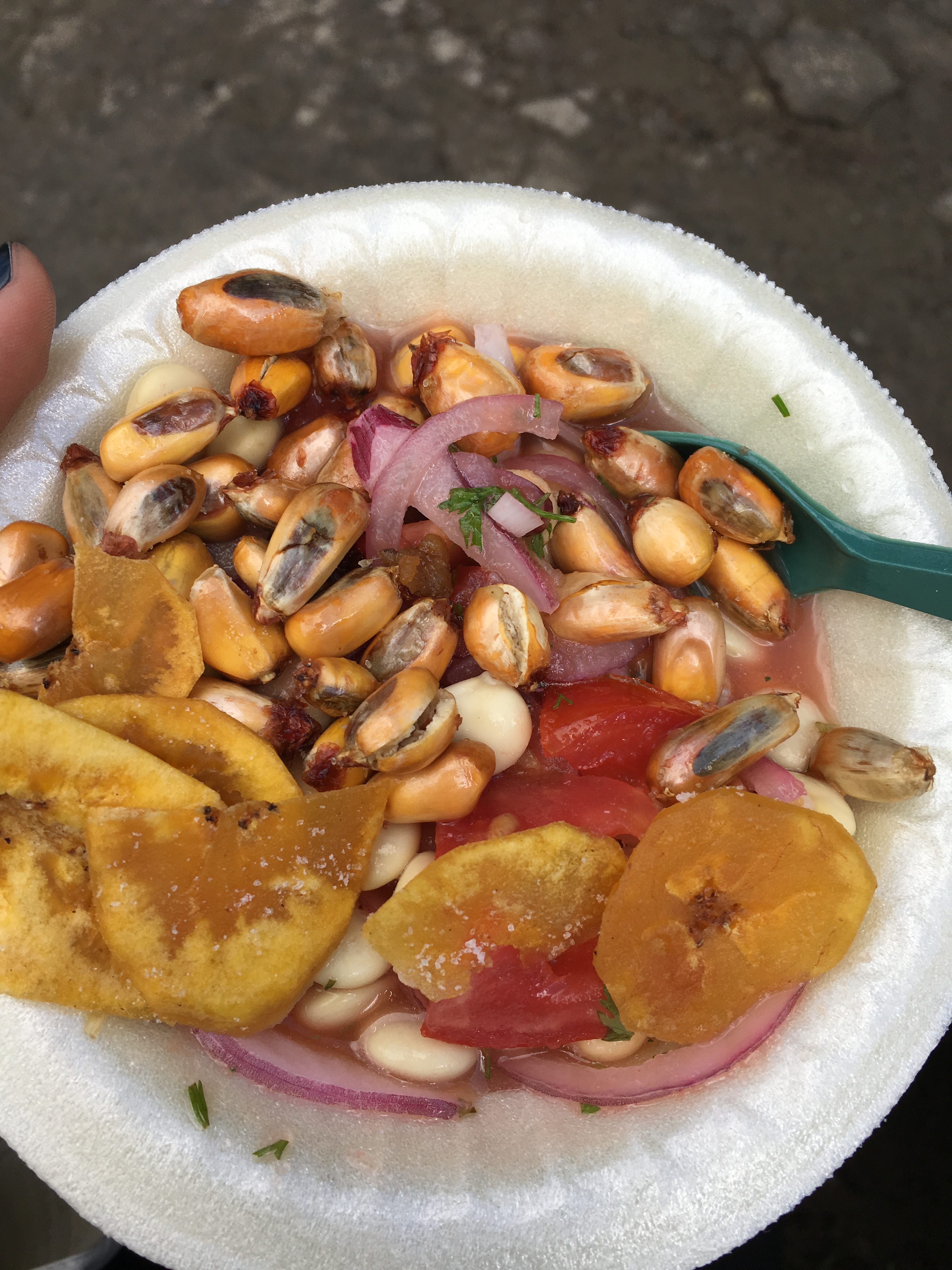
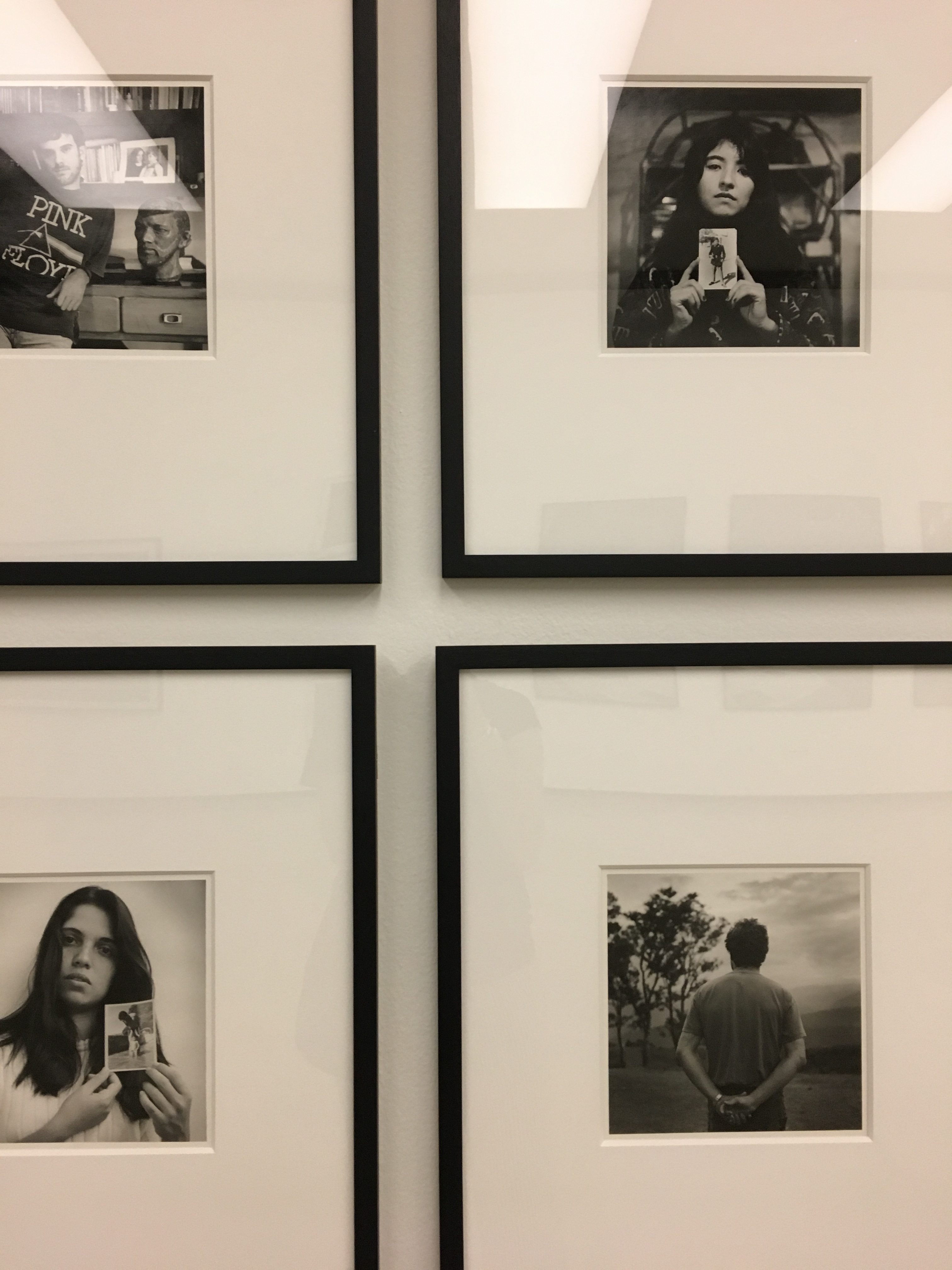
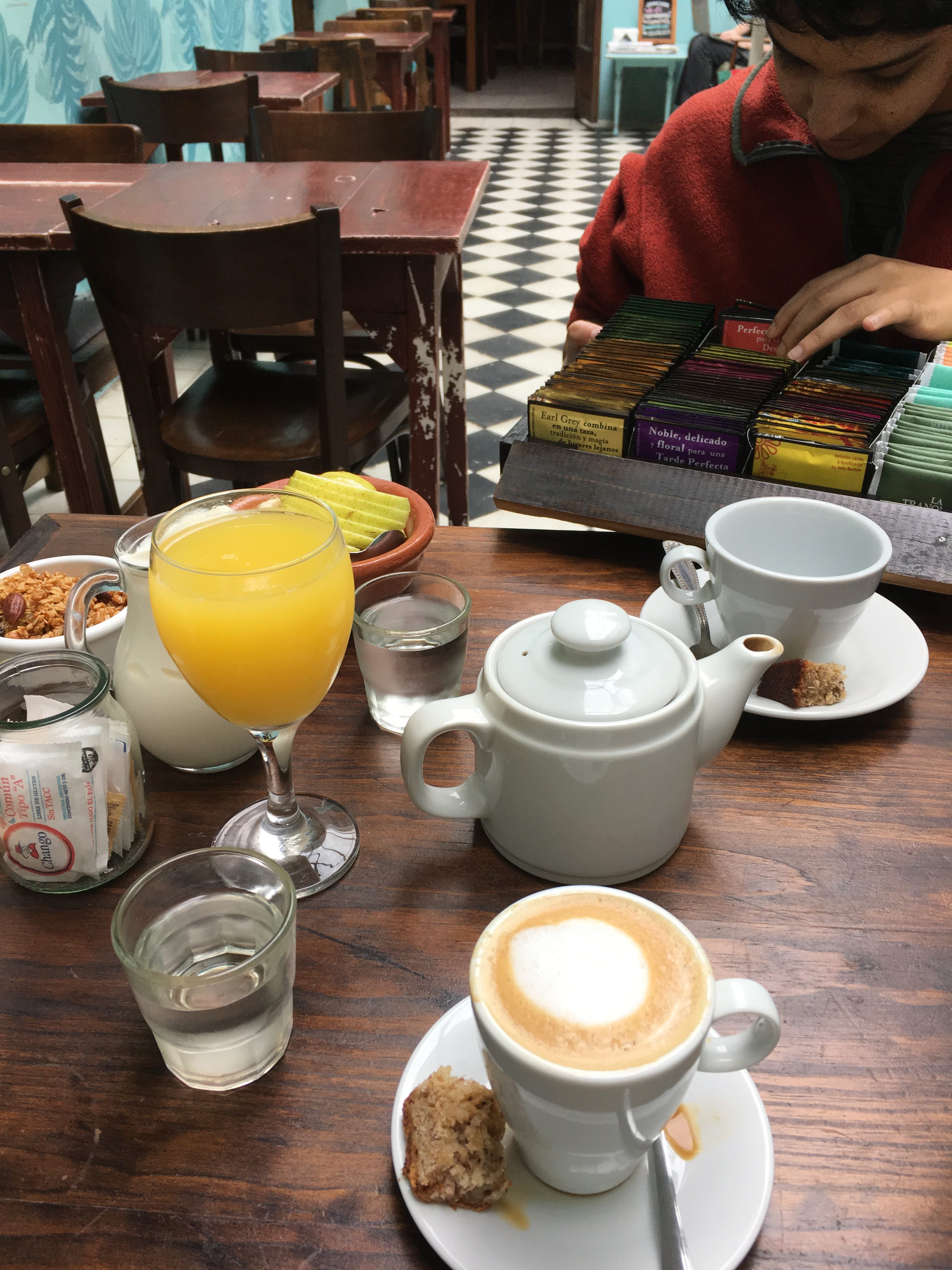
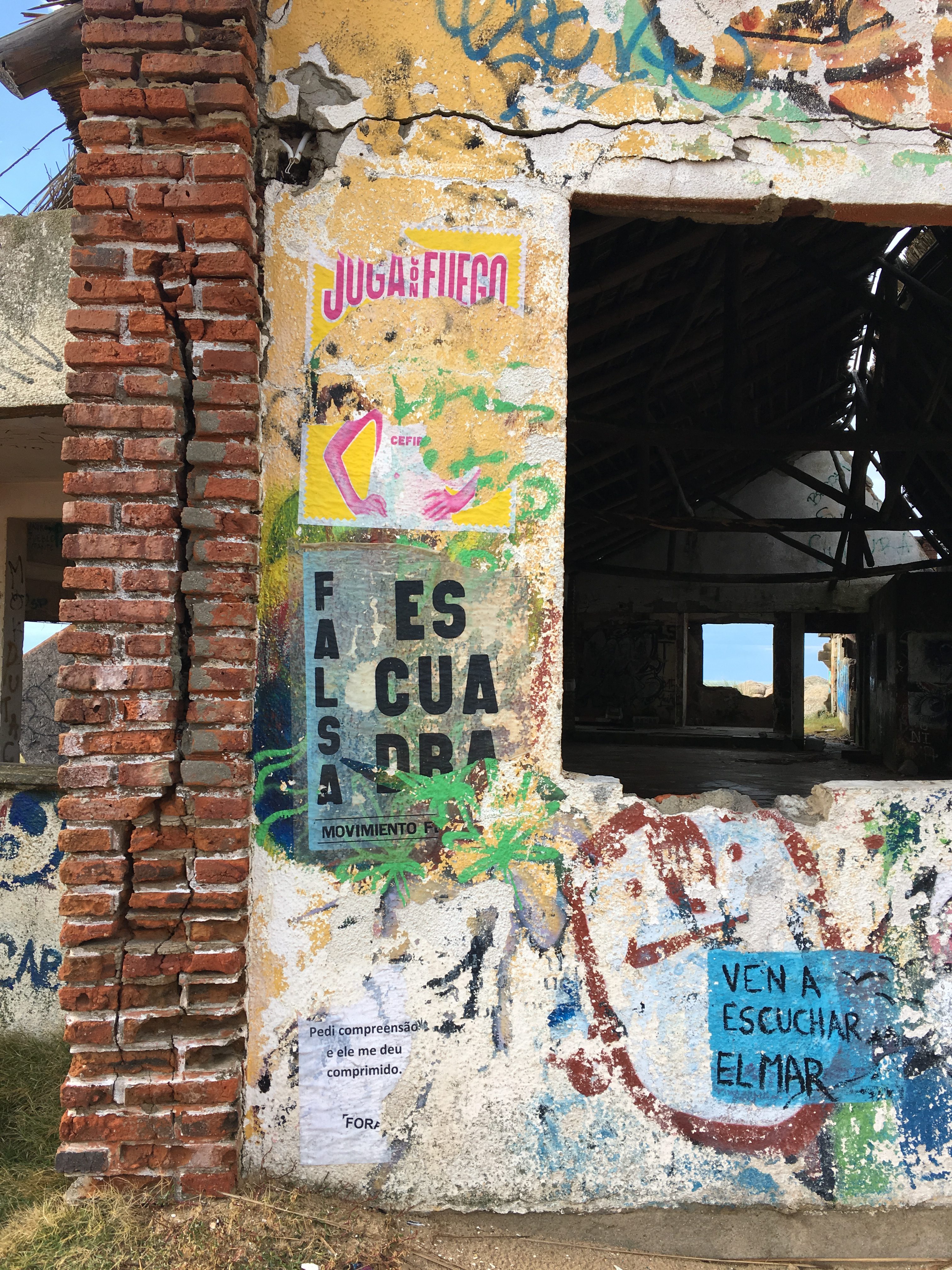
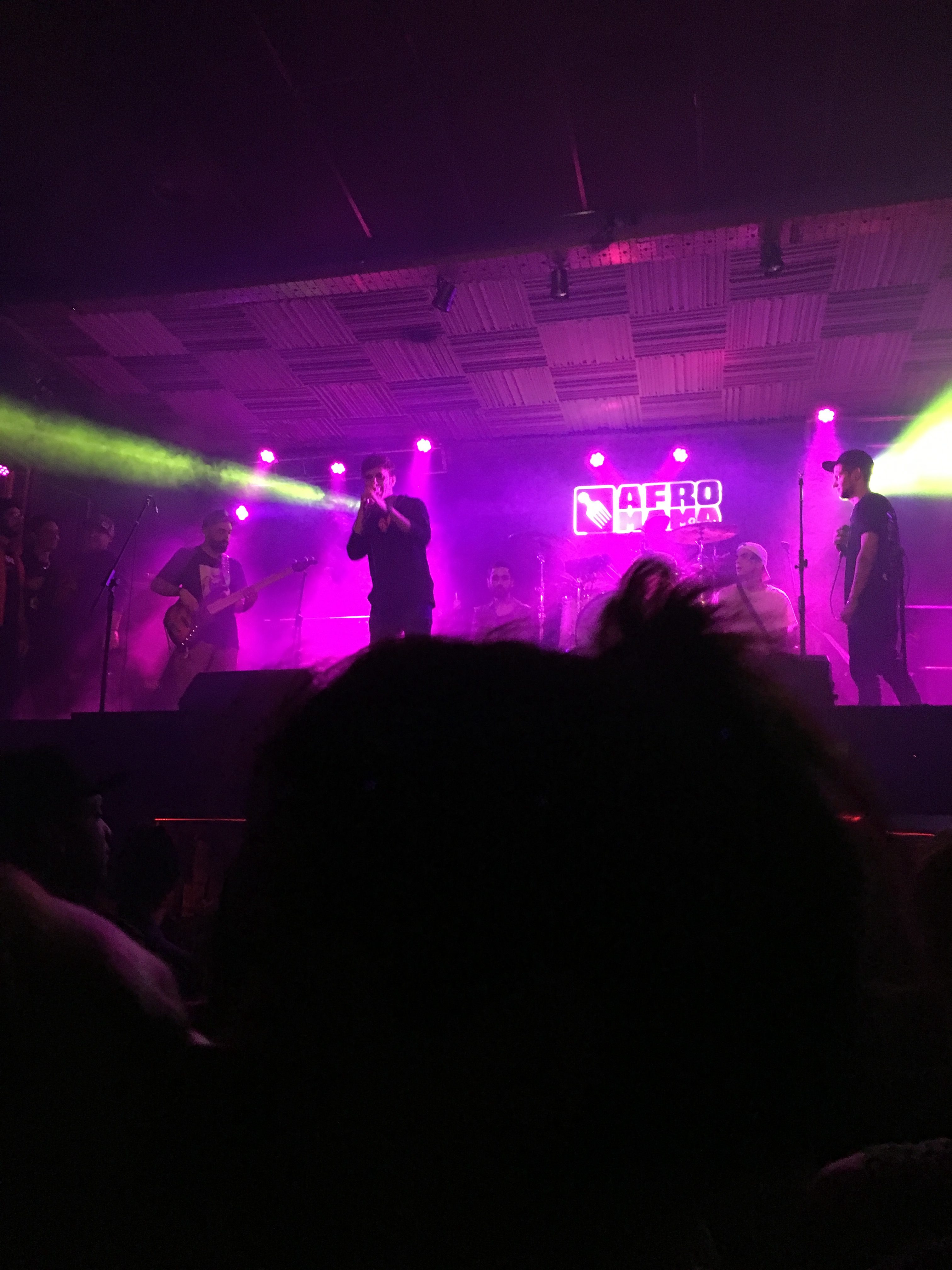
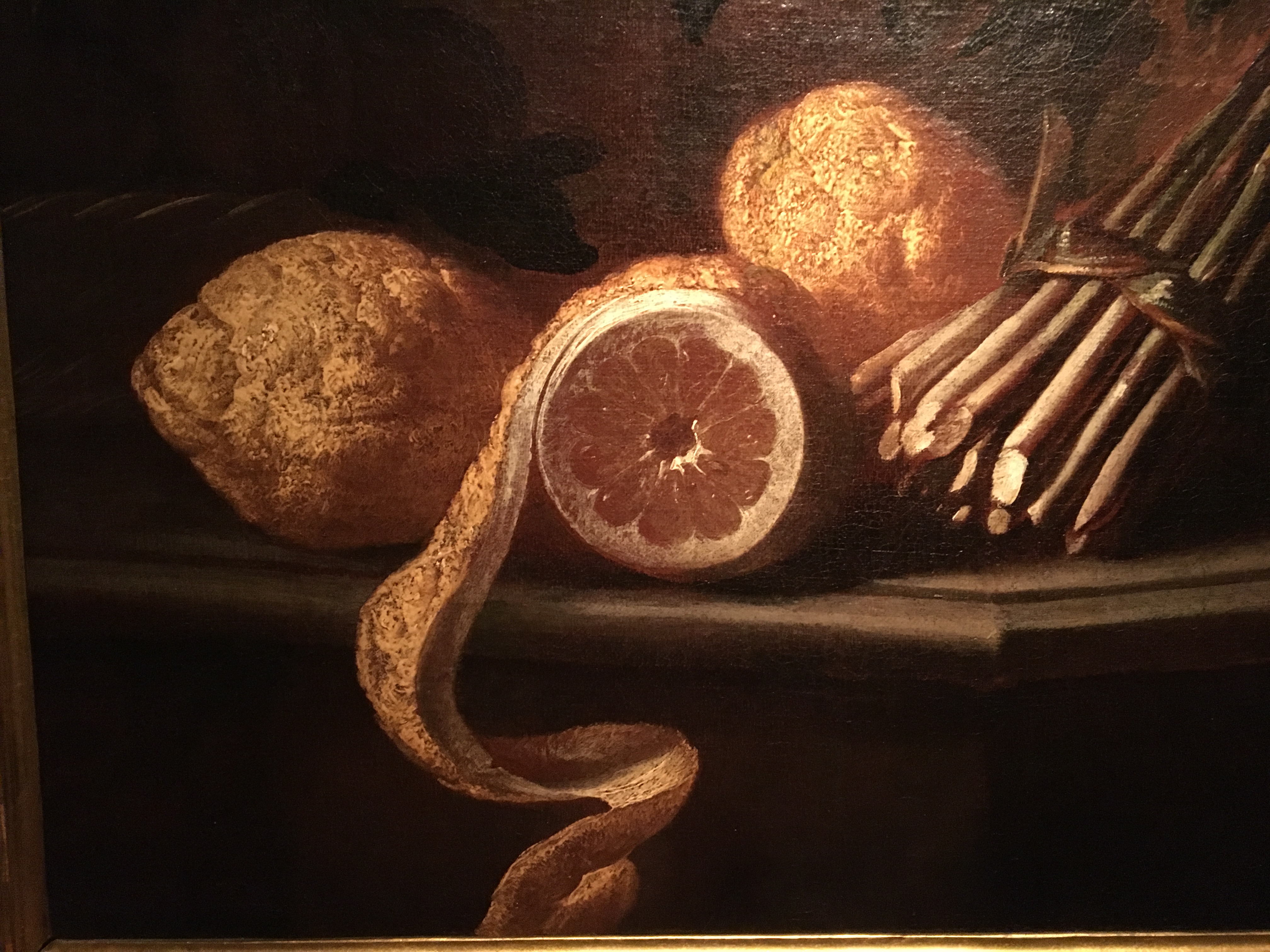
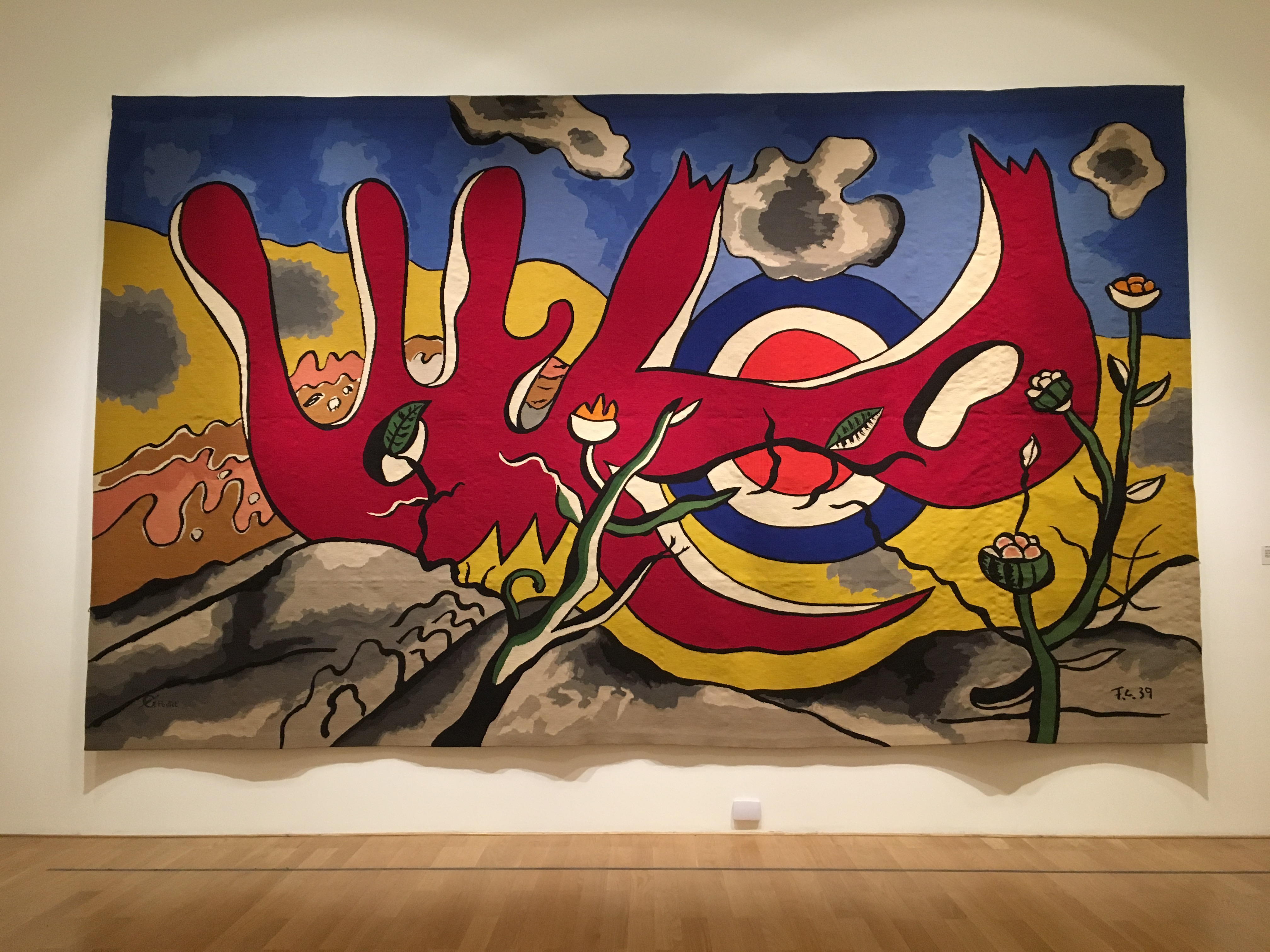
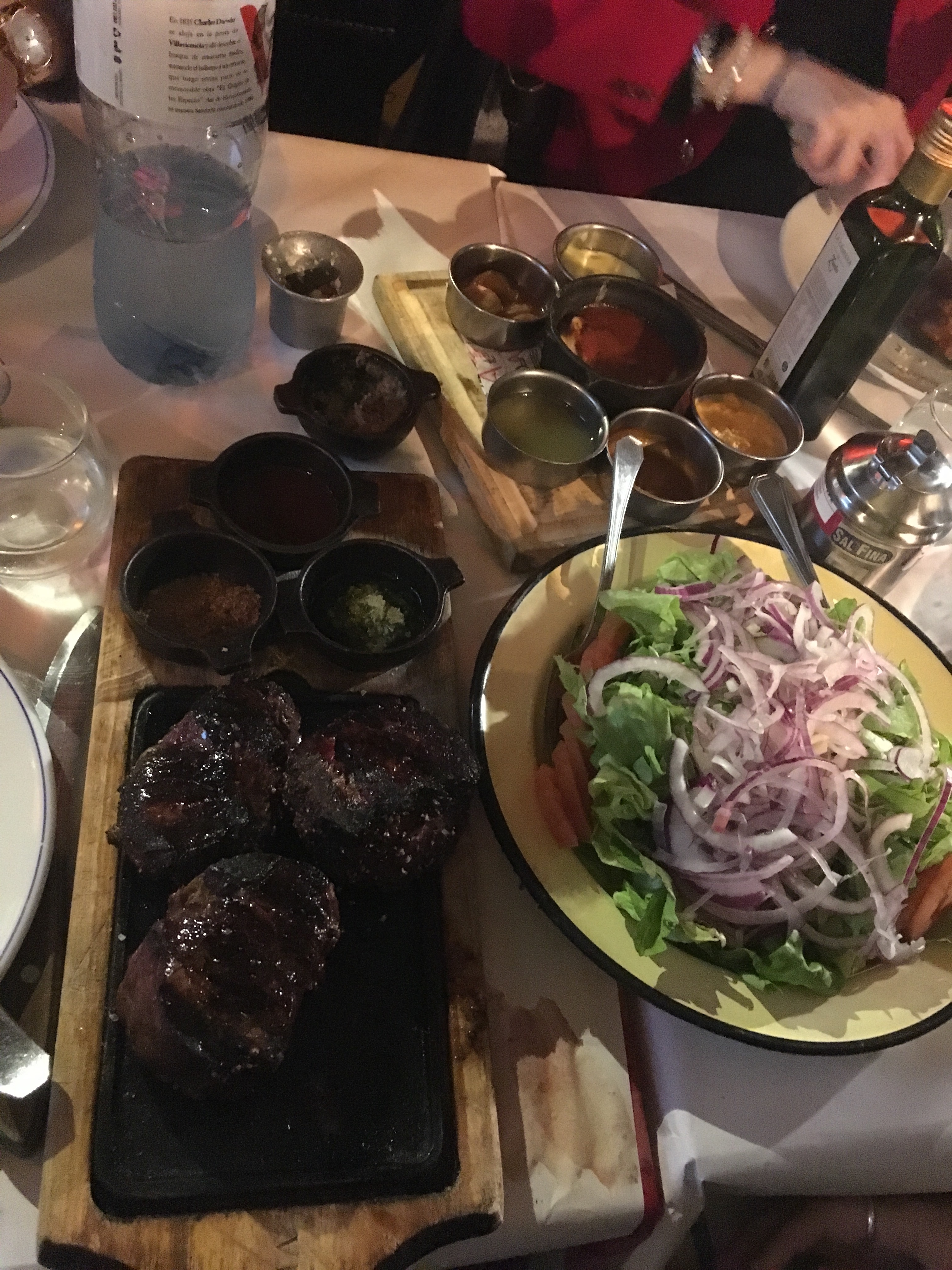
I’m writing this on the back porch of my grandmother’s house, in a small beach town in Delaware, I’m wondering how to begin unpacking all those experiences and thinking about all the notes I’ve written of things to look up, history to learn about, music and art to explore. Everyone says that the culture shock when you get home is the hardest part, and I’m starting to taste that just now. It’s bittersweet because while I am so sad it’s all over, I think there’s a huge quantity of stuff stored up from this year waiting to be defined and dissected. That’s what I’ll be focusing on my last year at HC, hopefully turning those memories into something new.
Sending out my thanks for all those amazing people I met along the way and all those sacred places that live on in my dreams. Hasta luego!
